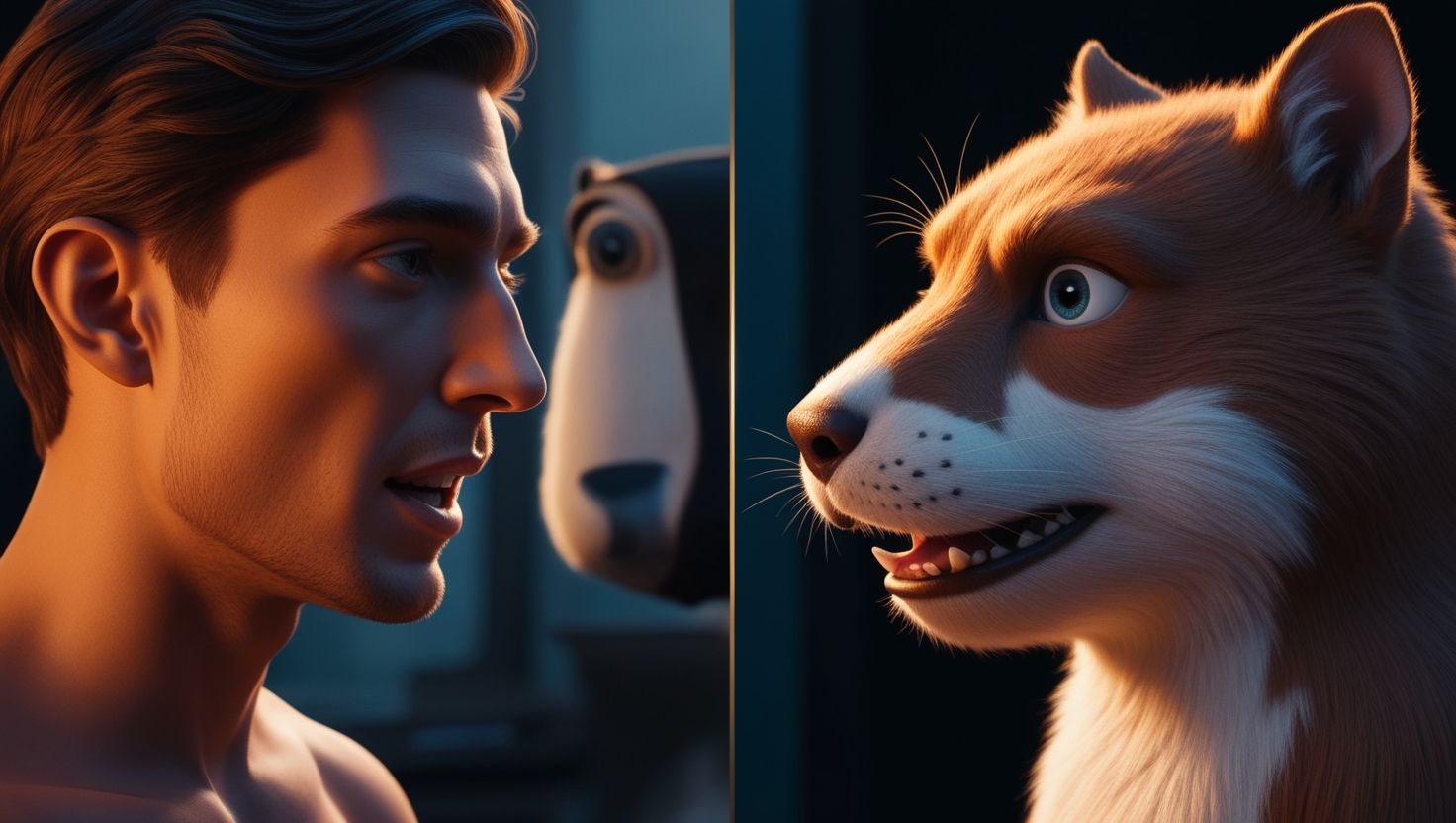and the distribution of digital products.
The Rise of AI Lip-sync: From Uncanny Valley to Hyperrealism

Remember the awkward dubbing in old kung-fu movies? Or the jarring lip-sync in early animated films? Those days are fading fast, and thanks to the rise of AI-powered lip-sync technology, could forever be behind us. Since April 2023, the number of solutions and the volume of “AI lip-sync” keyword searches has grown dramatically, coming from nowhere to becoming one of the critical trends in generative AI.
This cutting-edge field is revolutionizing how we create and consume video content, with implications for everything from filmmaking and animation to video conferencing and gaming.
To delve deeper into this fascinating technology, I spoke with Aleksandr Rezanov, a Computer Vision and Machine Learning Engineer who previously spearheaded lip-sync development at Rask AI and currently works at Higgsfield AI in London. Rezanov’s expertise offers a glimpse into AI lip-sync’s intricate workings, challenges, and transformative potential.
Deconstructing the Magic: How AI lip-sync Works“Most lip-sync architectures operate on a principle inspired by the paper ‘Wav2Lip: Accurately Lip-syncing Videos In The Wild‘,” Rezanov told me. These systems utilize a complex interplay of neural networks to analyze audio input and generate corresponding lip movements. “The input data includes an image where we want to alter the mouth, a reference image showing how the person looks, and an audio input,” Rezanov said.
Three separate encoders process this data, creating compressed representations that interact to generate realistic mouth shapes. “The lip-sync task is to ‘draw’ a mouth where it’s masked (or adjust an existing mouth), given the person’s appearance and what they were saying at that moment,” Rezanov said.
This process involves intricate modifications, including using multiple reference images to capture a person’s appearance, employing different facial models, and varying audio encoding methods.
“In essence, studies on lip-syncing explore which blocks in this framework can be replaced while the basic principles remain consistent: three encoders, internal interaction, and a decoder,” Rezanov said.
Developing AI lip-sync technology is a challenging feat. Rezanov’s team at Rask AI faced numerous challenges, particularly in achieving visual quality and accurate audio-video synchronization.
“To resolve this, we applied several strategies,” Rezanov said. “That included modifying the neural network architecture, refining and enhancing the training procedure, and improving the dataset.”
Rask also pioneered lip-sync support for videos with multiple speakers, a complex task requiring speaker diarization – automatically identifying and segmenting an audio recording into distinct speech segments – and active speaker detection.
Beyond Entertainment: The Expanding Applications of AI lip-syncThe implications of AI lip-sync extend far beyond entertainment. “Lip-sync technology has a wide range of applications,” Rezanov said. “By utilizing high-quality lip-sync, we can eliminate the audio-visual gap when watching translated content, allowing viewers to stay immersed without being distracted by mismatches between speech and video.”
This has significant implications for accessibility, making content more engaging for viewers who rely on subtitles or dubbing. Furthermore, AI lip-sync can streamline content production, reducing the need for multiple takes and lowering costs.
“This technology could streamline and reduce the cost of content production, saving game studios significant resources while likely improving animation quality,” Rezanov said.
The Quest for Perfection: The Future of AI lip-syncWhile AI lip-sync has made remarkable strides, the quest for perfect, indistinguishable lip-syncing continues.
“The biggest challenge with lip-sync technology is that humans, as a species, are exceptionally skilled at recognizing faces,” Rezanov said. “Evolution has trained us for this task over thousands of years, which explains the difficulties in generating anything related to faces.”
He outlines three stages in lip-sync development: achieving basic mouth synchronization with audio, creating natural and seamless movements, and finally, capturing fine details like pores, hair, and teeth.
“Currently, the biggest hurdle in lip-sync lies in enhancing this level of detail,” Rezanov said. “Teeth and beards remain particularly challenging.” As an owner of both teeth and a beard, I can attest to the disappointment (and sometimes belly-laugh-inducing Dali-esque results) I’ve experienced when testing some AI lip-sync solutions
Despite these challenges, Rezanov remains optimistic.
“In my opinion, we are steadily closing in on achieving truly indistinguishable lip-sync,” Rezanov said. “But who knows what new details we’ll start noticing when we get there?”
From lip-sync to Face Manipulation: The Next FrontierRezanov’s work at Higgsfield AI builds upon his lip-sync expertise, focusing on broader face manipulation techniques.
“Video generation is an immense field, and it’s impossible to single out just one aspect,” Rezanov said. “At the company, I primarily handle tasks related to face manipulation, which closely aligns with my previous experience.”
His current focus includes optimizing face-swapping techniques and ensuring character consistency in generated content. This work pushes the boundaries of AI-driven video manipulation, opening up new possibilities for creative expression and technological innovation.
As AI lip-sync technology evolves, we can expect even more realistic and immersive experiences in film, animation, gaming, and beyond. The uncanny valley is shrinking, and a future of hyperrealistic digital humans is within reach.
- Home
- About Us
- Write For Us / Submit Content
- Advertising And Affiliates
- Feeds And Syndication
- Contact Us
- Login
- Privacy
All Rights Reserved. Copyright , Central Coast Communications, Inc.